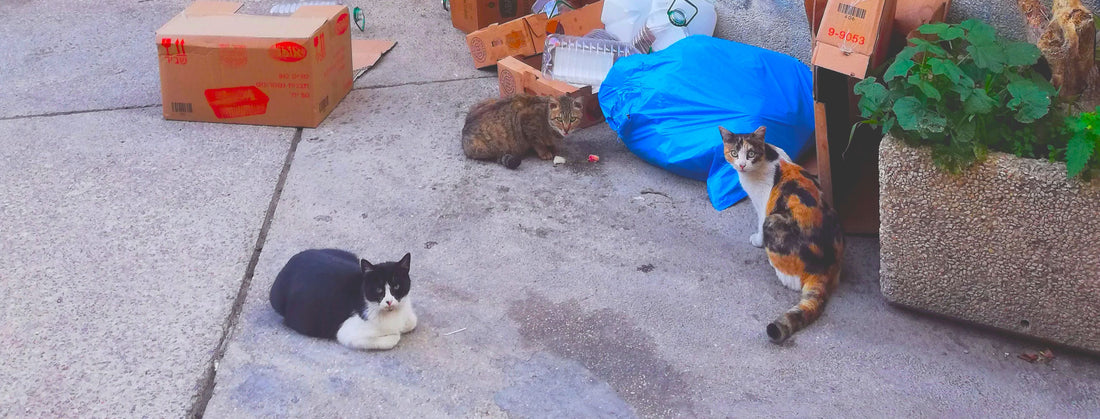
Why "clowder"?
Share
Clowder is the most used term for a group of cats, although not the only one.
The first use dates back to 1795–1805, says Dictionary.com. It could be a variant of clodder, or a cluttered mass, a good description of cats gathered in the sweet spots like that space on the couch that you just vacated. Merriam-Webster believes it might come from clutter, or a crowded or confused mass or collection, which is the same, only in motion.
Some other fun terms.
Cluster: dates back to the 1400s and means “a number of persons, animals, or things gathered in a close body.”
Glaring: means “to stare fiercely,” and who hasn't experienced this from a group of interrupted felines?
Nuisance: comes from the 1690s, means “a source of annoyance.” I can just hear it: "all of you, stop being such a nuisance"!
Pounce: dates back to the 1680s. The modern definition, which means “to jump or fall upon suddenly,” and, well, duh.
Big cats have big names.
A group of lions is called a pride—but when the young male lions are kicked out to find a new pride, they’re temporarily referred to as a coalition.
Tigers are solitary, although sometimes females and cubs come together in groups called streaks, or in rare hunting groups called ambushes.
Jaguars and leopards join as a leap or a prowl.
Bobcats, charmingly, take after their domestic feline friends with a clowder, clutter, or pounce.
My favorite: A destruction of cats is reserved solely for wildcats, and with no wonder. Clearly, though, that's another one that should be more popular!
